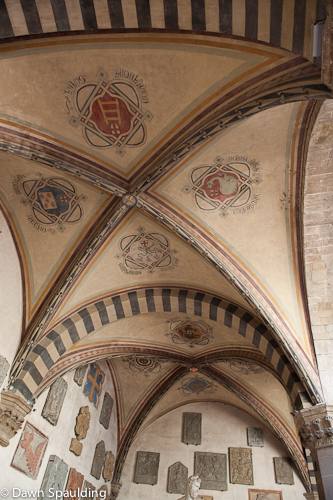The Florentine Renaissance is on display inside this 13th-century palace. Sculptures by Michelangelo and his followers and works by Donatello are the most impressive pieces. Since Florence is surrounded by quarries, throughout the years artists have developed incomparable stonecutting skills. The massive applied arts and fine arts collection showcases enamels, silverware, jewelry and artwork. The […]
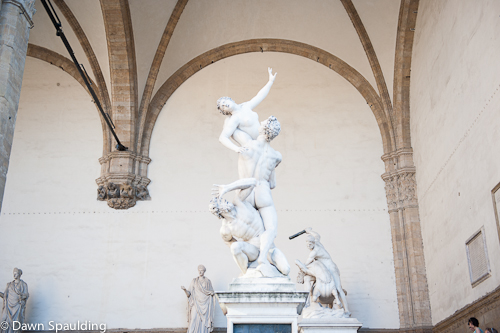
Loggia dei Lanzi or Loggia della Signoria, Florence
Loggia dei Lanzi was built in the 14th century as a dais for public ceremonies and political events. Today, it’s an open-air museum for sculptures and a great place to take a break and revisit over and over again.

BMW Museum, Munich
Further out of the city center is the headquarters of Bayerische Motoren Werke AG, along with the BMW Museum, which exhibits motorcycles and cars. In 1917, BMW began producing airplane engines, expanded to motorbikes in 1923 and cars in 1928. The aluminum-clad main office building was designed after a four-cylinder engine. It was completed right […]
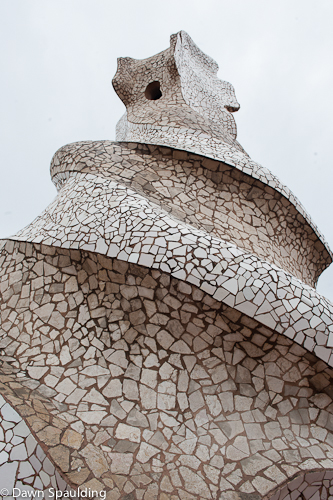
Casa Milà, or La Pedrera, Barcelona
Casa Milà is another one of Gaudì’s extraordinary designs, commissioned by the flamboyant developer Pere Milà and his wife. This apartment building shook the neighborhood in the early 1900s with its rippling limestone façade and wrought iron balconies and windows. It consists of two buildings, each nine stories, joined around a courtyard. Gaudì was a […]
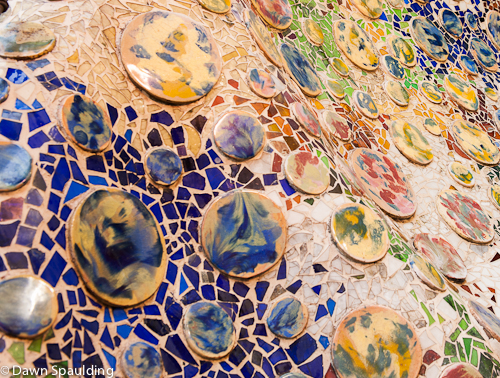
Casa Batlló, Barcelona
Industrialist Josep Batlló hired Gaudí in 1907 to give his plain building a facelift. He ended up with a fantastic yet functional abode. I’ll let the images do most of the talking. Gaudí designed a new undulating façade of glass, stone and mosaics, complete with curvy windows and wavy balconies. Like the facade, the interior […]
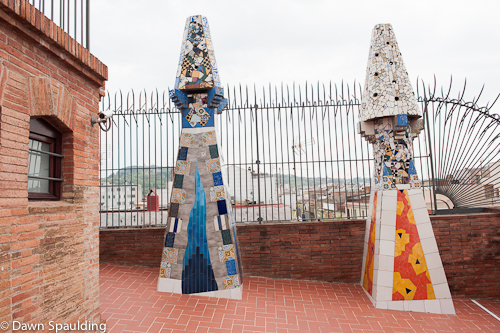
Palau Güell, Barcelona
Antoni Gaudí left his modernisme mark all over Barcelona. His very unique, very imaginative architectural and design style enlivens a number of buildings around town. Palau Güell is an example of Gaudì’s early work, when he was cultivating his own expression of form and space. Industrialist Eusebi Güell commissioned Antoni Gaudì to construct this unique, […]
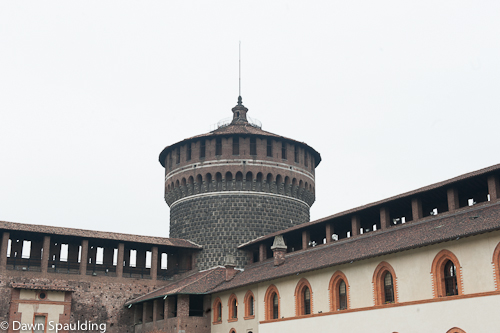
Castello Sforzesco, Milan
Milan’s most important Renaissance building was originally a 14th-century fortress, complete with massive fortifications, a moat, barracks, a prison and a courtyard, before being converted to a residence by then-duke Franceso Sforza. Upcoming artist Leonardo da Vinci frescoed many of the rooms. The tower and much of the building is rebuilt and the courtyard, Cortile […]
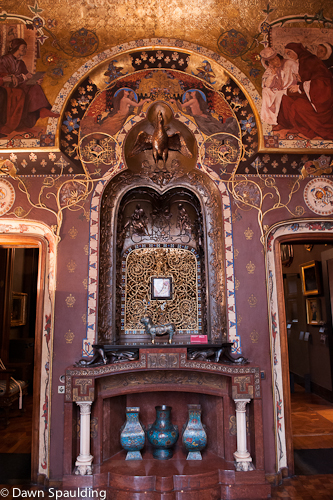
Museo Poldi-Pezzoli, Milan
Museo Poldi-Pezzoli is my favorite art museum in Milan, mostly because it’s an outstanding collection and partly because I love viewing other people’s art in the context of their homes. 19th-century art collector Gian Giacomo Poldi Pezzoli lived here. Pezzoli collected Italian Renaissance paintings and decorative arts such as porcelain, textiles and jewelry. Pezzoli’s family […]
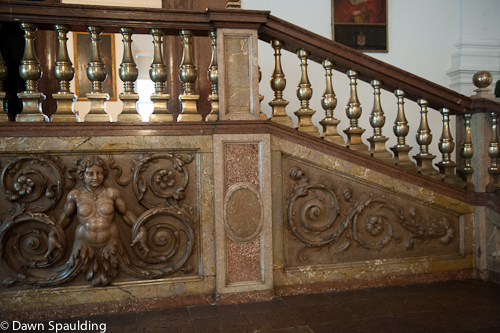
Residenz zu Salzburg
Salzburg’s 16th-century sprawling Residenz with 180 rooms and three courtyards housed the city’s archbishops. The original palace was constructed in the 13th century, but was vastly enlarged and renovated later on. The staterooms are crowded with an impressive array of frescos, paintings, fireplaces, stoves and tapestries that represent Renaissance, Classical and – my favorite – […]
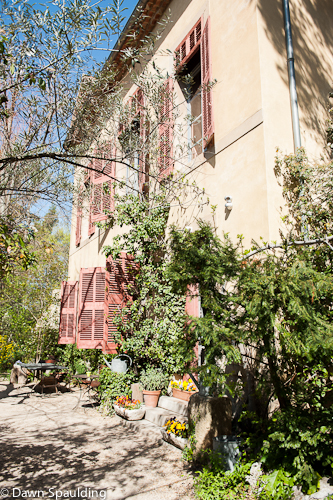
Atelier Paul Cézanne, Aix-en-Provence
Here’s another of Cézanne’s workplaces, where he worked every morning from 1902 to his death in 1906. The atelier is seemingly frozen in time, arranged as (the historians and restorers think) he left it. Still-life models such as pottery, vases, bottles and skulls, tools, a jacket and a cherry-picking ladder are on display. Correspondence between […]
